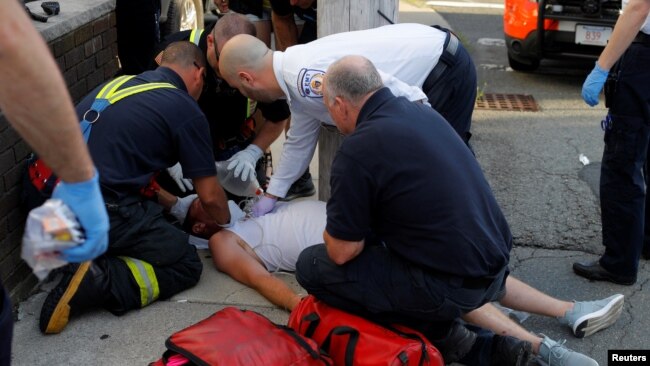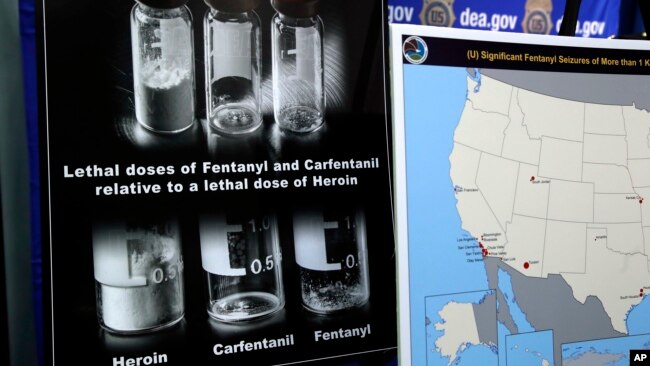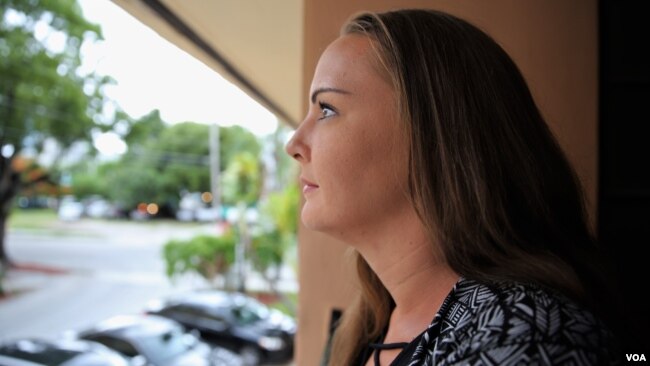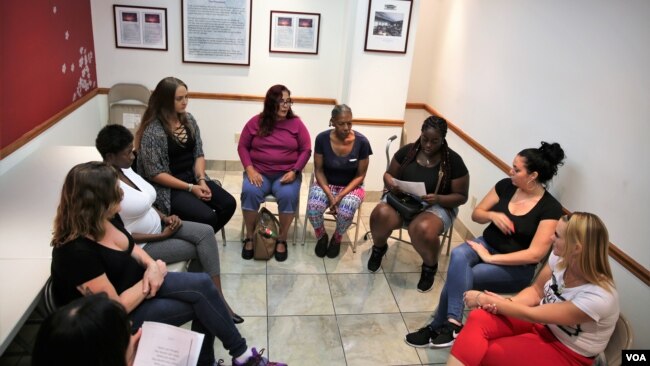guno
Gold Member
- Banned
- #1
They are going to kill off their cracka goyim flyover trailer dwelling rube base
The Republican drive to roll back Barack Obama's health care law is on a collision course with a national opioid epidemic that's not letting up.
Medicaid cuts resulting from the GOP legislation would hit hard in states deeply affected by the addiction crisis and struggling to turn the corner, according to state data and concerned lawmakers in both parties.
The House health care bill would phase out expanded Medicaid, which allows states to provide federally backed insurance to low-income adults previously not eligible. Many people in that demographic are in their 20s and 30s and dealing with opioid addiction. Dollars from Washington have allowed states to boost
GOP Medicaid cuts would hit states fighting opioid epidemic
The Republican drive to roll back Barack Obama's health care law is on a collision course with a national opioid epidemic that's not letting up.
Medicaid cuts resulting from the GOP legislation would hit hard in states deeply affected by the addiction crisis and struggling to turn the corner, according to state data and concerned lawmakers in both parties.
The House health care bill would phase out expanded Medicaid, which allows states to provide federally backed insurance to low-income adults previously not eligible. Many people in that demographic are in their 20s and 30s and dealing with opioid addiction. Dollars from Washington have allowed states to boost
GOP Medicaid cuts would hit states fighting opioid epidemic




